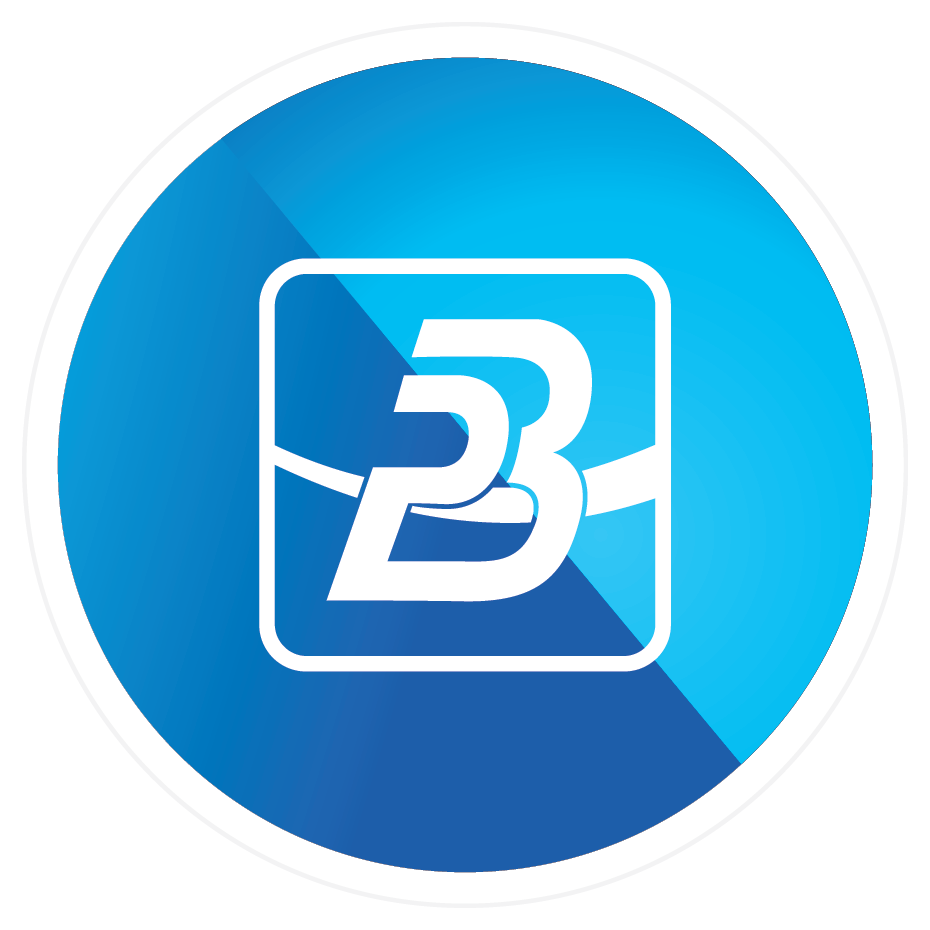
ZIMRA Introduces Employee Management Module: What It Means for Your Business
The Zimbabwe Revenue Authority (ZIMRA) has recently rolled out a new Employee Management Module for Pay As You Earn (PAYE) tax, marking a significant shift in how businesses manage their payroll and tax obligations. This change, detailed in Public Notice 05 of 2025 (issued on 3 February 2025), came into effect with the January 2025 PAYE return, and it’s crucial for all businesses to understand its implications.
This latest development is set to transform how businesses register employees, declare earnings, and remit PAYE tax. It marks a significant step in ensuring that employee income is accurately recorded, reducing the risk of tax evasion while increasing transparency in payroll management.
This move follows a series of ZIMRA’s recent compliance initiatives, including requirements for professionals in various industries to provide valid tax clearance certificates. Businesses must now adapt to this system to remain compliant and avoid potential penalties.
Understanding the Employee Management Module
The Employee Management Module is an online platform designed to streamline payroll-related tax processes. Its main purpose is to automate tax calculations, facilitate seamless employee registration, and ensure accurate PAYE filing. This means that every company will now be expected to register its employees into this system. This system will automatically calculate the amount of tax that an employee owes.
Key Features of the Employee Management Module
1. Employee Registration and Tax Identification Numbers (TINs)
- Each employee must be registered on the platform and assigned a unique Tax Identification Number (TIN). Employees with existing TINs will retain their numbers.
- Employers are responsible for ensuring all employees are registered correctly within the system.
2. Mandatory Employee Information
- When registering an employee, one must declare marital status, whether blind or not, physical disabilities of the employee and their children and date of birth of the employee in order for the system to automatically grant applicable tax credits accruing to the employee.
3. Bulk Employee Upload Feature
- Employers can register employees individually or utilize the bulk upload function for efficiency.
- Large companies with numerous employees will find this feature particularly useful in reducing administrative workload.
4. Earnings Declaration and Capture
- Employers must enter employees’ earnings into the system either individually or through bulk uploads.
- Accurate reporting of wages, salaries, overtime, and additional benefits is crucial to ensuring correct tax computation.
5. Automatic Tax Calculation and PAYE Return Filing
- Once earnings are uploaded, the system automatically calculates PAYE and the AIDS Levy due. This will then populate the PAYE return under the Tax Returns Management module.
- This reduces human error and ensures all companies apply the correct tax rates consistently.
6. Tax Credits and Deductions
- Employers must account for tax credits such as medical aid contributions, medical expenses, and other allowable deductions.
- Employers are expected to carefully account for these other expenses when declaring the employee’s earnings.
Implications for Businesses
The module’s automated features are designed to simplify compliance for companies regarding tax regulations. However, this also implies an increased administrative workload for businesses. They must ensure accurate registration of all employees in the system and correctly input all required employee information. Additionally, they need to accurately report employee earnings for system uploads.
The responsibility now falls on the employer to gather all necessary employee information, including marital status, details about their children, and any disabilities. Incorrectly capturing this information could result in employees facing a higher tax bill. Businesses must also ensure that employee earnings are recorded accurately, encompassing wages, salaries, overtime, and other forms of compensation. All this data must be precisely captured to guarantee that employees’ earnings are reflected correctly.
How This Fits into ZIMRA’s Broader Strategy
The introduction of the Employee Management Module aligns with ZIMRA’s broader strategy to enhance tax collection efficiency. Recent measures such as updated PAYE tax tables for 2025 and crackdowns on tax evasion indicate a focused effort to widen the tax base.
Final Thoughts
While the new Employee Management Module presents an additional administrative requirement for businesses, it is ultimately aimed at ensuring tax compliance and reducing errors in payroll tax reporting. Employers must take proactive steps to integrate this system into their payroll management to avoid penalties and remain compliant with ZIMRA’s evolving tax regulations.
For businesses using Belina Payroll, ensuring compatibility with ZIMRA’s system will be essential. If you need assistance with PAYE calculations, employee registration, or data uploads, Belina Payroll offers solutions that can simplify your compliance journey.
By staying ahead of regulatory changes, businesses can avoid potential pitfalls and maintain smooth payroll operations. By Ashlene Moyo



